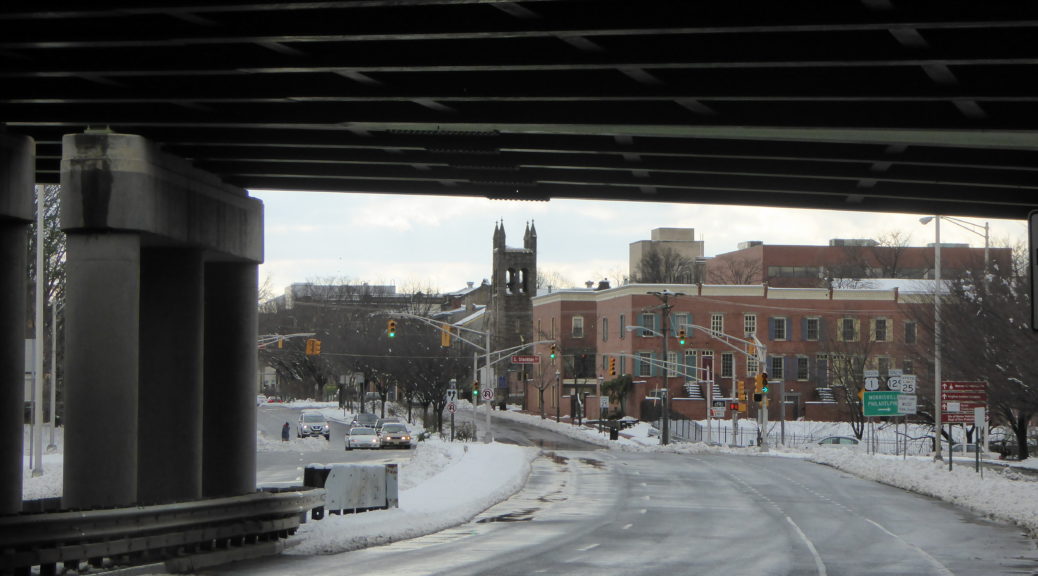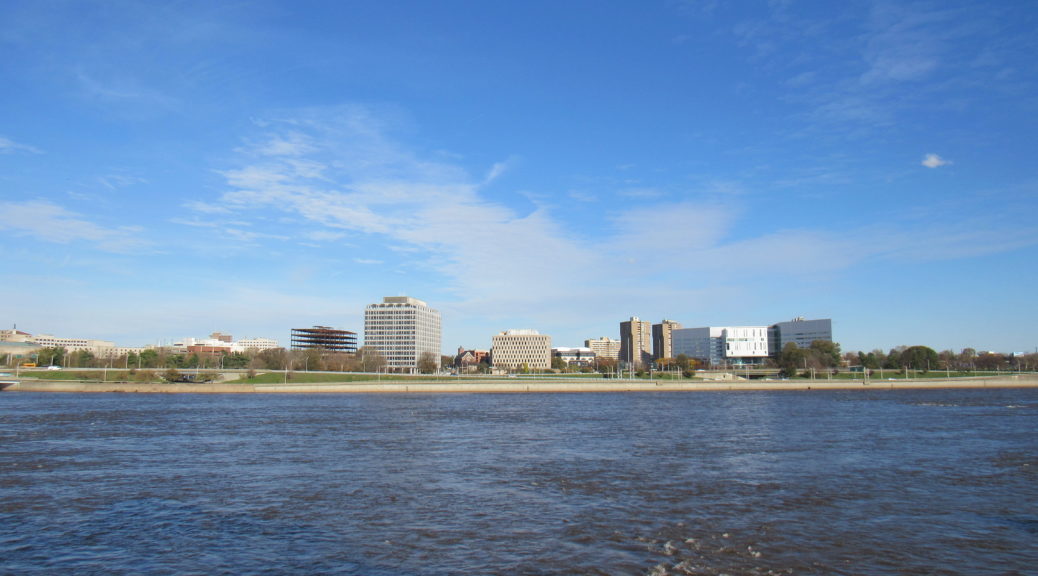
By Gabrielle Wells
There are over 9,000 people experiencing some form of homelessness on a given day in the state of New Jersey, according to the United States Interagency Council on Homelessness. Back in 2013, the “Trenton/Mercer 10-year Plan to End Homelessness” was formed in order to prevent even more people from experiencing homelessness and to improve the situation of those who are currently on the streets. This plan was originally created to make a system that would assess needs and help connect individuals experiencing homelessness to housing, among other resources. Now, a new law involving Code Blue will continue to allow many of these individuals to seek shelter during the winter.
In Mercer County, individuals who suffer from housing insecurity may find themselves on the street during severe weather conditions, which can be very hazardous to one’s health. Hypothermia occurs when one’s core body temperature falls below approximately 95°F. This drop-in core body temperature can be a direct result of staying out in temperatures around 30°F to 50°F for extended periods of time, especially in wet conditions.
For Trenton’s population experiencing homelessness, this means that suffering from life-threatening conditions such as hypothermia can pose a serious threat. Dr. Rita King, a professor of microbiology at The College of New Jersey in Ewing Township, explained that when a person is in the cold for a sustained period of time, blood vessels become smaller in order to keep the core of the body and vital organs warmer. This can result in fingers and toes becoming susceptible to frostbite, which can cause gangrene, potentially leading to an amputation of extremities.
“If you’re in sustained cold with constricted blood vessels, your blood pressure can raise which can cause heart attacks,” said King.
New Jersey State Senators Troy Singleton and M. Teresa Ruiz recently created legislation that was signed into law in March 2019, requiring all New Jersey counties to set up homelessness trust funds. These funds would be used to support Code Blue emergency shelter services in order to provide resources and suitable shelter from severe weather conditions.
Code Blue initially was established in May 2017 after legislation was signed into law by Governor Chris Christie in efforts to develop a program that would offer emergency shelter to the population experiencing homelessness in times of inclement weather. According to Mercer County’s Office of Homeless Services’ website, in cases of extreme weather where the temperature drops below 25°F without precipitation, or in the case where it is below 32°F with precipitation with a wind chill of zero degrees for a prolonged period of two hours or more, Code Blue alerts are issued.
However, King feels that Code Blue alerts should be issued during times of other temperatures as well. “I don’t know where they came up with 25°F,” said King, calling such an extreme temperature “flat out freezing.”
This new partisan legislation created by Senators Troy Singleton and M. Teresa Ruiz was passed by the Senate Budget and Appropriations Committee. A spokesperson from Senator Ruiz office could not be reached for comment in time for publication.
Despite the new legislation, some patrons from the Trenton Area Soup Kitchen such as Reggie Montigue and Crystal Hickmond told The Streetlight that they do not have much trouble finding shelter in the winter. “I have already found my spot,” said Montigue.
Once Code Blue alerts are issued, individuals who suffer from housing insecurity in Mercer County can turn to their designated Code Blue shelter, the Rescue Mission of Trenton, which will be open 24 hours once the Code Blue alert is issued. Additionally, people in need of assistance throughout the state of New Jersey can call 211 for shelter information.


